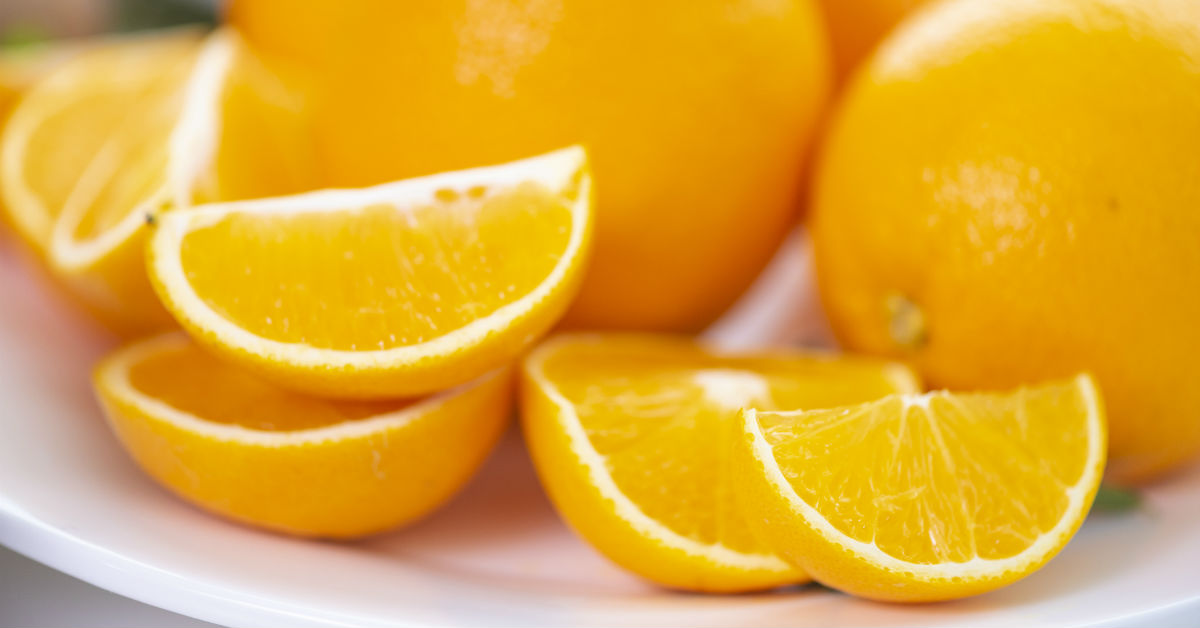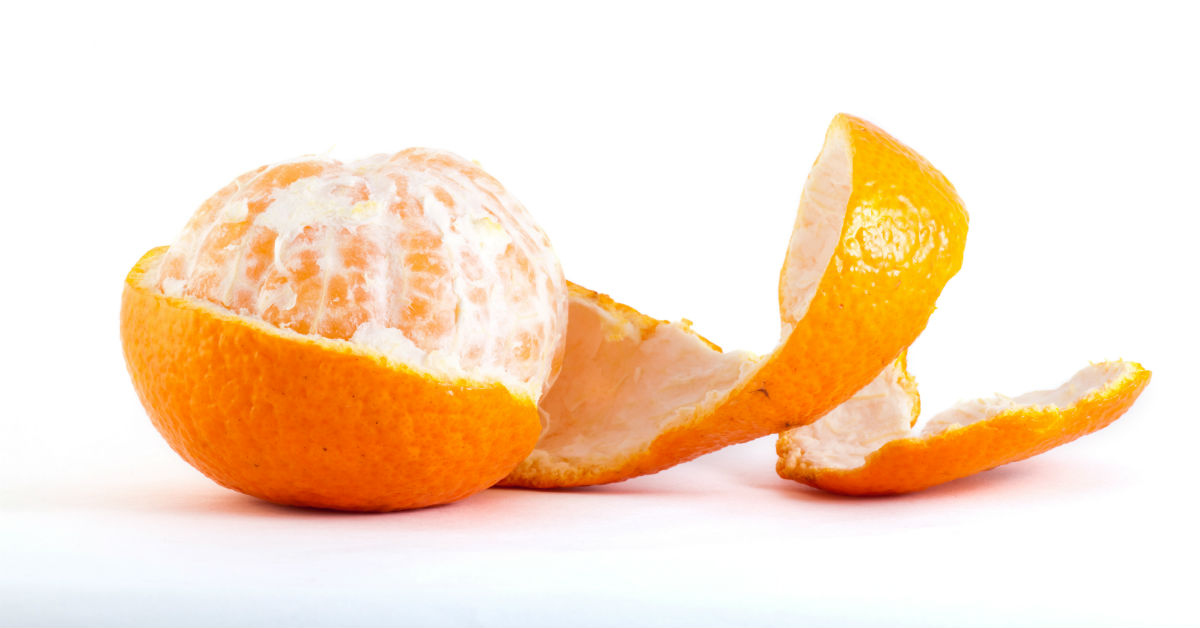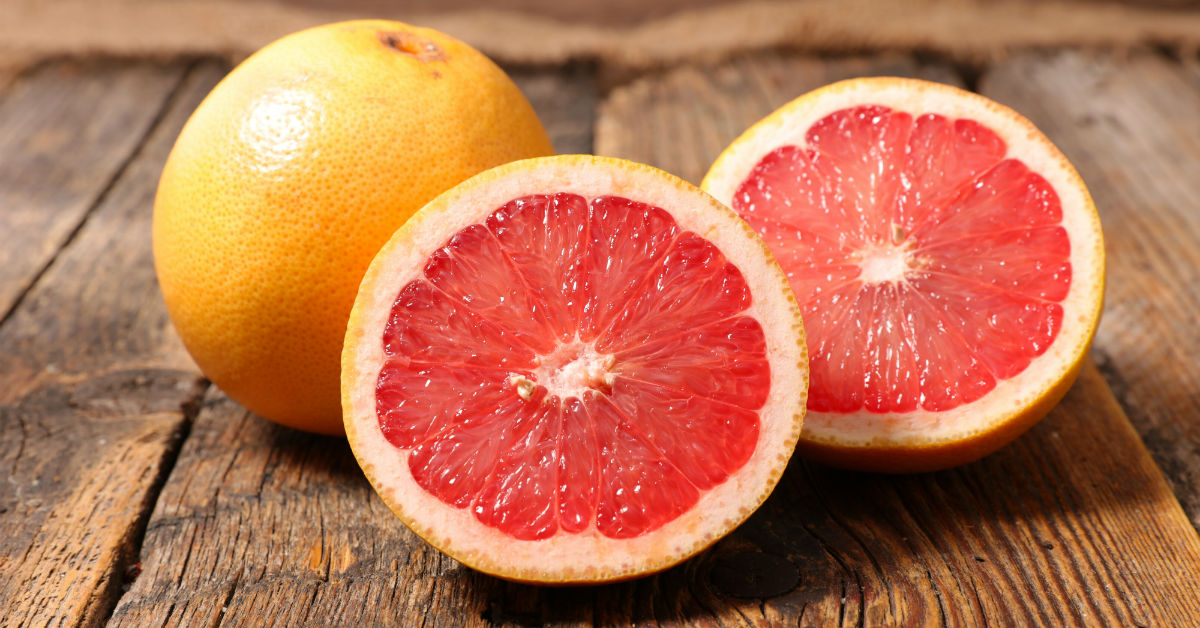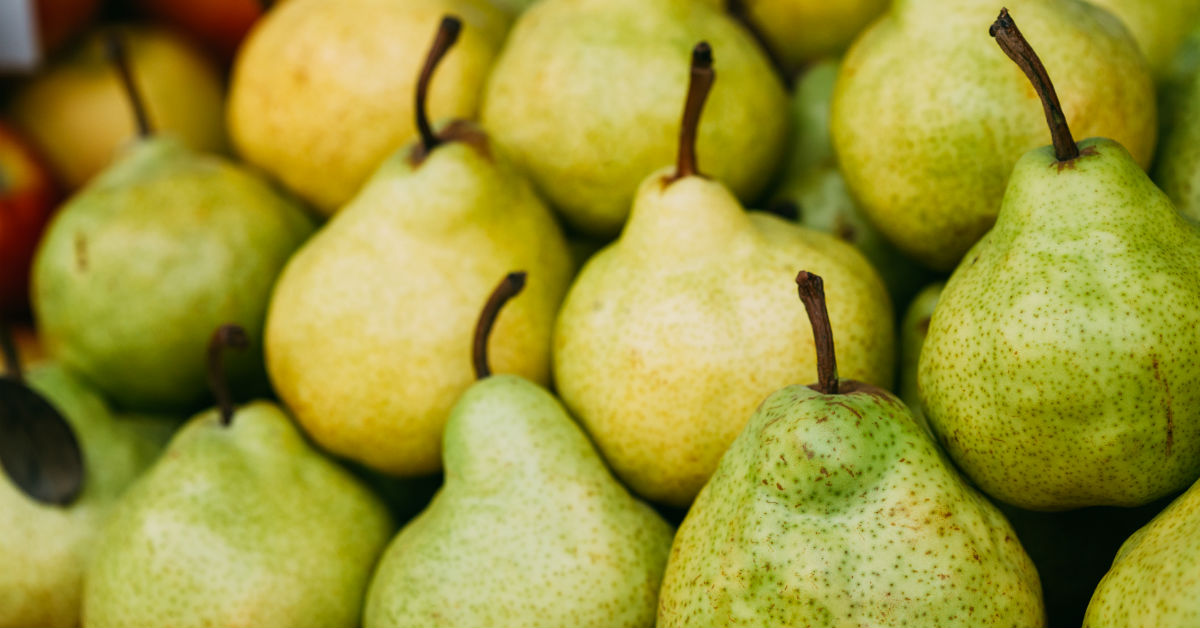When winter locks Wisconsin in its grip, the fresh fruit season seems a million years away. But it’s always growing season somewhere.
Here’s a quick guide to your freshest fruit choices during the winter.

Oranges
When you eat oranges whole, you get more fiber and less sugar than if you drink orange juice.
A small orange has 45 calories and is loaded with 85 percent of your daily vitamin C needs. All that vitamin C boosts your immune system during the cold and flu season.
Because they’re rich in flavonoids, oranges are good for your eyes, too. A 15-year study by Australian researchers, published last year, found that people who eat oranges are less likely to develop macular degeneration.
Oranges are in season through May.
Clementines
Don’t want to go big? Then the bite-size, easy-to-peel clementine might be for you. They deliver the same nutritional benefits as oranges.
The average clementine has 35 calories and packs 60 percent of your daily vitamin C requirement.
Did you know? The clementine is a hybrid of a mandarin orange and a sweet orange.
Clementines are in season through February.

Grapefruits
Looking for an alternative to the sweetness of oranges and clementines? Try grapefruits. For some, they’re an acquired taste, one variously described as sour, semi-sweet or bitter.
Half of a grapefruit has 52 calories and carries 64 percent of your daily vitamin C requirement.
Grapefruits also deliver 28 percent of your daily vitamin A requirement. Vitamin A boosts your immune system and is good for your skin and vision.
A word of caution, though. Grapefruits and grapefruit juice can cause side effects with more than 40 drugs, including some cholesterol, blood pressure and anti-anxiety drugs. A chemical compound found in grapefruits deactivates an enzyme that breaks down drugs in the stomach. That could lead to too much of a drug in the blood, a potentially dangerous interaction.
Conversely, grapefruit (or orange or apple) juice may reduce the effectiveness of some allergy medications, particularly fexofenadine, which is marketed as Allegra. Those juices can affect proteins known as drug transporters, which move drugs into the body’s cells for absorption. When that happens, less of the drug gets into the blood.
Ask your physician or pharmacist whether you should avoid grapefruits.
Grapefruits are in season through May.

Pears
Pears aren’t a vitamin C powerhouse like citrus fruits – a medium pear has just 12 percent of your daily vitamin C requirement -- but they have more fiber than apples.
A medium pear has 102 calories and 24 percent of the recommended daily amount of dietary fiber. Even with modest levels of antioxidants and flavonoids, pears are a healthy choice.
Bartlett pears are in season through February. Red Anjou and Bosc pears are in season through the spring. Green Anjou pears are in season almost all year round.
Pro tip: Pears aren’t ripe when they’re picked, and they stay in cold storage until they arrive at the grocery store. The freshest pears are hard. Let them ripen at room temperature. Soft pears are ready to eat.